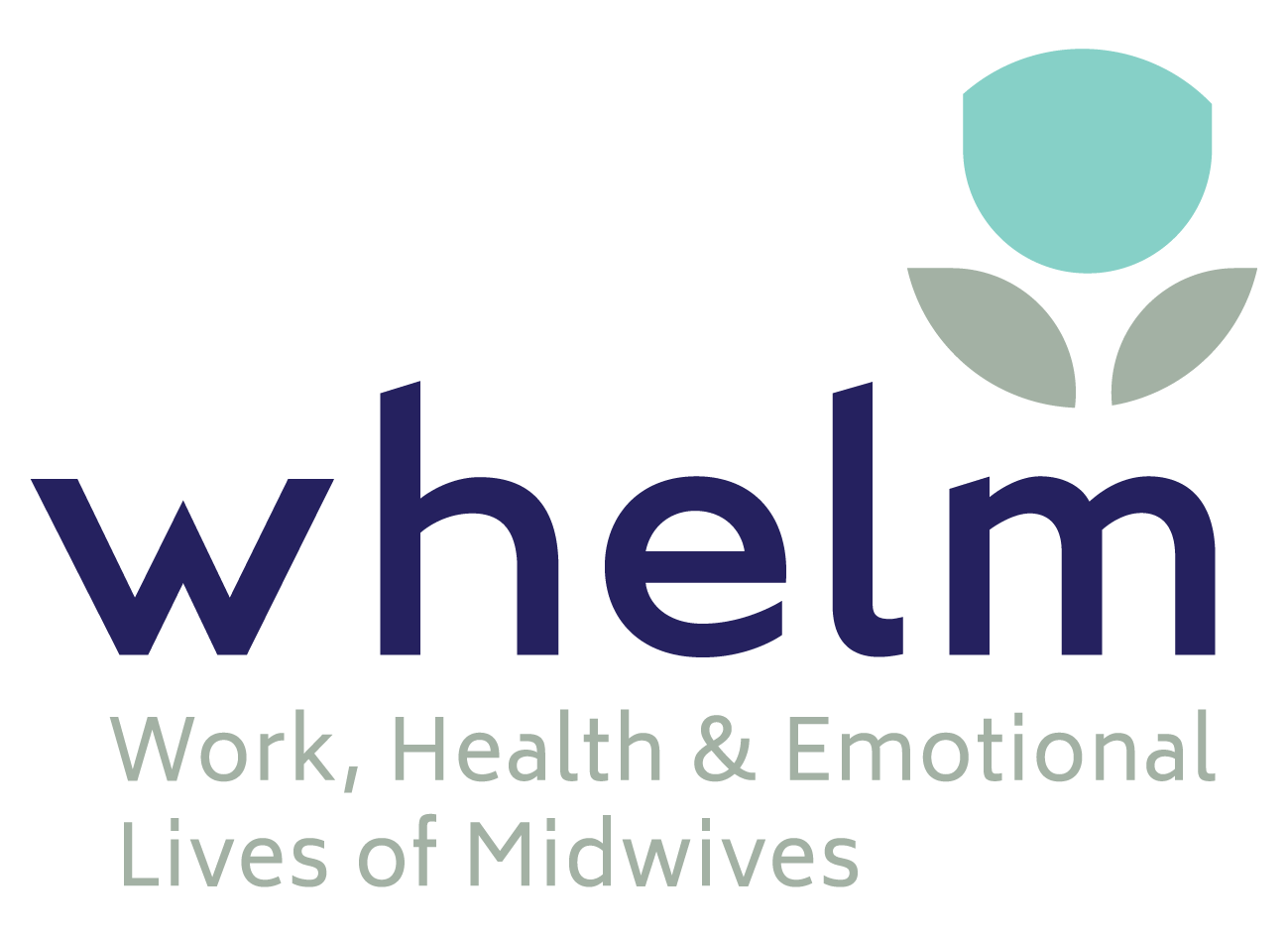Collectively, the Transforming Maternity Care Collaborative generate a large volume of high quality, impactful research. This week has seen the publication of five new papers from our team members in the Women and Birth journal. You can access the full text of each of these via the links below. Settle in with a cuppa and enjoy getting up to date.
Intrapartum CTG monitoring does not improve perinatal outcomes.
Authors: Dr Kirsten Small, Associate Professor Mary Sidebotham, Professor Jennifer Fenwick, Professor Jenny Gamble.
This systematic literature review identified all randomised controlled trials and non-experimental evidence which has examined whether the use of CTG monitoring during labour rather than intermittent auscultation reduces perinatal mortality or cerebral palsy rates in babies born to women considered to be at high risk. No improvement in mortality was found, while an increase in the cerebral palsy rate was noted when CTG monitoring was used during preterm labour.
“High-quality research is urgently required to identify which women, if any, obtain a perinatal benefit from intrapartum CTG monitoring.”
Access this paper here.
Measuring midwifery students’ experiences of learning in clinical practice environments.
Authors: Ms Marnie Griffiths, Professor Jennifer Fenwick, Professor Jenny Gamble, Professor Debra Creedy.
Learning in a clinical environment is a key component of a comprehensive midwifery education program. Being able to measure how well specific learning environments support midwifery students as they develop the knowledge and skills required for professional practice is important. This paper reports on the development and testing of the MidSTEP tool which offers a robust way to capture students’ perceptions of the clinical practice component of their degree. Students indicated high level support for the statements that the clinical environment supported their learning, enabled them to work across the full scope of practice, and fostered a self-directed approach to learning.
Access this paper here.
Placing students in the driver’s seat.
Authors: Ms Valerie Hamilton, Professor Kathleen Baird, Professor Jennifer Fenwick
This research reports on students’ experiences of learning to provide midwifery care in a student-led midwifery clinic providing antenatal and postnatal care. Students who were on-call for individual women were supported to provide antenatal and postnatal care under the supervision and guidance of their university practice lecturer. “Being in the driver’s seat” was the major theme of the findings, with students reporting a sense of being in control and feeling like “a real midwife”. Students described growing in confidence over time and feeling competent to step into practice.
Access this paper here.
Stepping from student to employment through simulated employment interviews.
Authors: Associate Professor Mary Sidebotham, Ms Caroline Walters, Professor Kathleen Baird, Professor Jenny Gamble.
If universities provide excellent midwifery graduates, but do not support those graduates through the process of securing employment there is a risk that some graduates will leave the workforce. This paper reports on a project which brought academics and employers together to hold simulated employment interviews for final year midwifery students. Members of the interview panel described that the interviews provided an opportunity for potential employers to provide students with insights into what employers are looking for, while students indicated feeling more confident and able to better prepare for employment interviews.
Access this paper here.
How do midwives view midwifery continuity of care models?
Authors: Professor Caroline Hollins Martin, Dr Juliet MacArthur, Dr Colin Martin, Professor Rhona McInnes
Evidence is clear that midwifery continuity of care models provide superior outcomes, but progress in implementing models remains slow. This study explored midwives’ views of midwifery continuity of carer models. The majority of midwives held positive views of the philosophies and values underpinning continuity of carer models, but many were reluctant to work in such a model. The authors wondered whether the lack of connection between midwives values and their desired work practices reflected a lack of knowledge and experience with midwifery continuity of care models, and recommended that organisations focus on developing models that offer midwives autonomy, and provide education, emotional, and material help to support midwives to transition to new ways of working.
Access this paper here.








